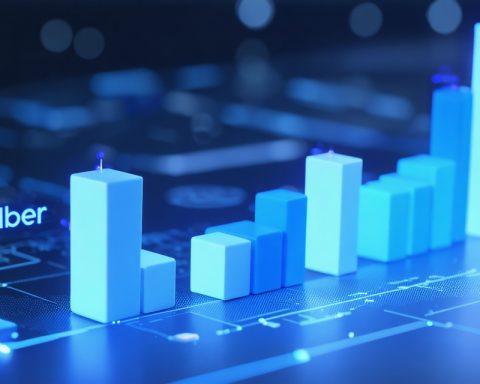Google embarks on a mission to shield communities from natural calamities with its advanced AI technology. The company has long been committed to helping people stay informed about earthquakes, fires, and floods. They have significantly enhanced their efforts with a sophisticated early warning system for floods.
Key developments include the expansion of Google’s AI-driven prediction models to a wider global audience. These models now cover 100 countries, reaching 700 million people vulnerable to severe flooding. This marks a substantial increase from their previous reach, which spanned 80 countries and impacted 460 million individuals.
People residing in areas monitored by Google’s Flood Hub receive critical updates as far as seven days prior to a forecasted flood. This early notification is essential as it empowers residents to prepare effectively while enabling emergency responders to strategically plan their actions well in advance.
Google Maps offers practical tools that assist during such times of crisis. Users can access suggested safety actions, like avoiding specific routes. They can also report road closures, enhancing the accuracy of information delivered to others in the community.
To further bolster efforts, Google has announced the introduction of an API designed for researchers and first responders. This tool will enable accurate future incident predictions using real-time data from observed areas and historical data dating back to 1981, even from regions lacking existing hardware infrastructure.
Practical Tips and Life Hacks for Navigating Natural Disasters with Google’s AI Tools
Navigating the challenges posed by natural disasters requires a mix of preparation, timely information, and practical tools. With Google’s advanced AI technology, communities can enhance their disaster preparedness and response. Here are some tips, life hacks, and intriguing facts about leveraging these tools for safety and resilience.
1. Stay Informed with Google’s Flood Hub
One of the most effective ways to protect yourself during floods is to receive timely updates. Google’s Flood Hub provides early warnings and critical information. Tip: Enable notifications on your Google app and check the Flood Hub regularly to stay updated, especially if you reside in a flood-prone area.
2. Use Google Maps for Real-Time Crisis Navigation
During natural disasters, road conditions can change rapidly. Use Google Maps to access real-time updates on route closures and detours. Life Hack: Customize your Google Maps settings to show layers that highlight weather conditions, such as rain or snow, to avoid hazardous routes.
3. Contribute to Community Safety
You can play a part in community safety by using Google Maps to report road closures, accidents, or other hazards. This real-time information can help others make safer travel decisions.
4. Leverage Google’s Data-Driven Insights
Google’s predictive models utilize vast datasets to forecast flooding and other disasters accurately. Interesting Fact: These models use over four decades of historical data and real-time observations without relying on specialized hardware, making them accessible globally.
5. Collaborate with Responders via Google’s API
For researchers and emergency responders, the new Google API is a game-changer. It provides detailed predictions and analytics for at-risk areas. Tip: If you’re working in crisis management, integrate this API into your systems to better allocate resources and plan evacuations.
6. Prepare an Emergency Kit with Google’s Assistance
Google Search can be your guide in assembling a comprehensive emergency kit. Life Hack: Use Google Assistant to set reminders for regular checks and updates to your kit, ensuring it is always stocked with current essentials.
7. Engage with Community Support Features
During emergencies, finding support can be crucial. Highlight community centers, shelters, and resources on Google Maps. Tip: Familiarize yourself with these locations beforehand to facilitate quick access during a crisis.
8. Educate Yourself with Google’s Resources
Google’s platforms offer numerous educational resources on disaster preparedness. Interesting Fact: Google’s AI research in disaster management is continuously evolving, providing ever more precise predictions and practical solutions.
Conclusion
By utilizing Google’s advanced AI tools and resources, individuals and communities can better manage the risks associated with natural disasters. Stay informed, plan wisely, and use technology to enhance your preparedness and response strategies. For further information on Google’s initiatives, visit the official Google website.








